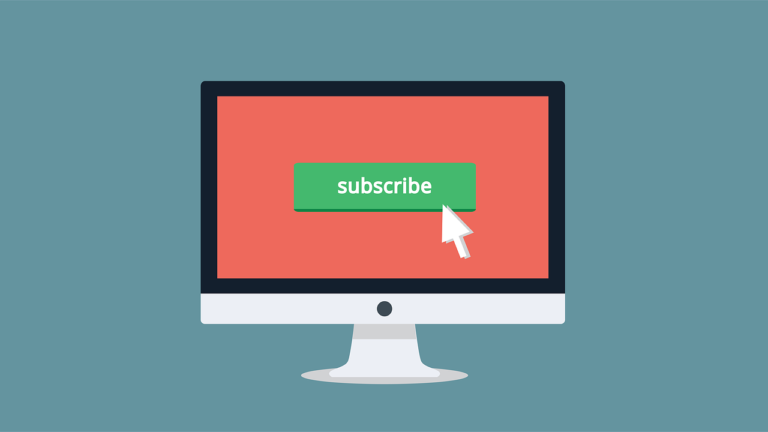

The pop up box and its cousin the page overlay have come a long way in recent years. They used to be seen as mostly an annoyance, but have become increasingly standard as technology has improved to make them more attractive, create them more easily, and even to sense the perfect moment to display them to your site’s visitors.
There’s a good reason you’re seeing more and more pop ups and overlays: They’re extremely effective in getting people subscribed to your email list.
You’ve probably noticed a trend in recent years away from the single-button opt-in with a simple X in the corner of the box and toward having to click a statement to close the box, from a simple “no thanks” to something more clever, like “No thanks, I don’t like change” or “No thanks, I don’t want to learn” or variations on that theme.
So, should you try one of these clever opt out buttons or links on your own landing page or pop up?
History of the “No Thank You” Button
This Racked article explains that the “No Thank You Button” was popularized by Ryan Urban, CEO of the conversion strategy startup Bounce Exchange. The company specializes in tailoring pop ups to visitors in many ways, based on the best timing, the content they’ve viewed on the site, and their other site behavior. The strategy seems to be working; these types of opt-out messages, displayed as links under the opt-in button or as alternate buttons, are getting more and more ubiquitous, and Bounce Exchange and similar companies continue to expand their client bases.
Copyhackers founder Joanna Wiebe wrote that after being initially skeptical of these types of opt-out boxes, she was offered a chance to test them and starting seeing 80 additional sign ups a day on average, including rates of 4 to one and 5 to one signups compared to her other efforts.
This converted Wiebe. She writes:
With passive or undeclared opt-outs, your visitors never have to actively state that they do not want your offer.
Further, they never have to actively state that they are willing to live with the consequences of opting out. They aren’t faced with any consequences whatsoever. So the easiest thing for them to do is not to opt in but to opt out – to reject your offer – which is the very thing you do not want them to do.
“Clever” Language
Part of what makes these opt-out boxes so different and noticeable is the actual language they use. Urban referred to these messages as “playful,” but they’ve been criticized by others for coming across as passive-aggressive or condescending to those who opt-out.
Interestingly, this study by Conversion XL actually showed the highest conversion rate on the pop up box that used the creative copy compared to those that didn’t. Some marketers maintain that this negative tone is bad for branding, even if it results in more clicks or short-term benefits. There’s also the option of using playful language while staying relatively positive. On her site, Wiebe uses language such as “I reject the free guide” on her opt-out buttons. This makes users actively opt out without patronizing them.
Individual Needs and Tests
At ViralWolf, we typically stick with a simple, polite “No Thank You” message on our page overlays, but those messages vary depending on the client.
Only you can decide what tone you want your business to have.
However, for most businesses, opt-out messages are worth trying and testing. Email subscription lists usually correspond with healthy business growth, so even small increases in subscription rates can lead to big wins over time.

